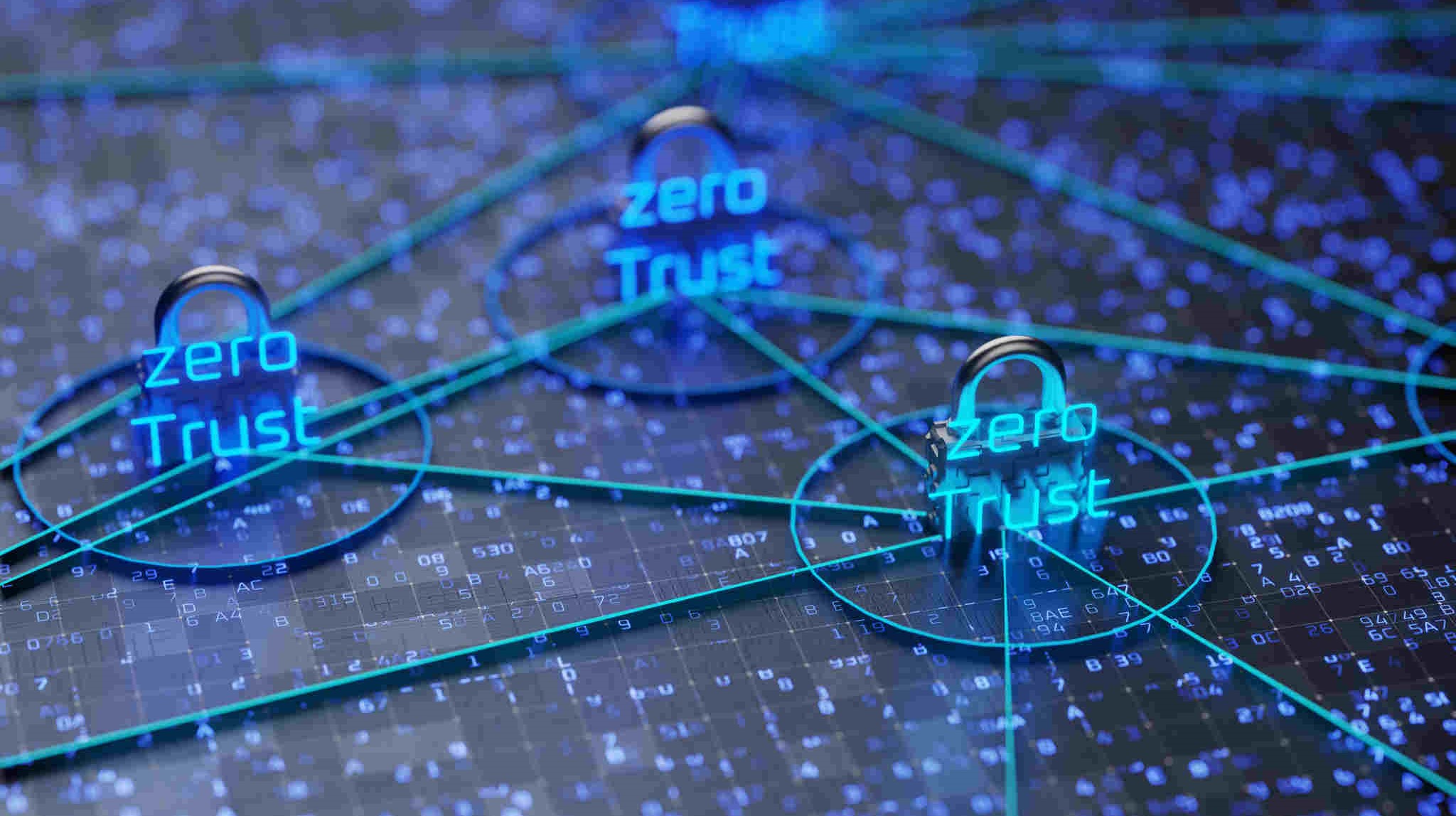A Zero Trust Solution- Incorporating A Modern Security Architecture
Based on the principle of ‘Never Trust, Always Verify’, zero trust is a security concept and framework that emphasizes the need to verify and authenticate all users, devices, and network resources, regardless of their location or network connection.
As organizations have seen their attack services increase, particularly as a result of enabling widespread remote work policies and the increasing number of endpoint devices located outside of company boundaries, security leaders across many sectors and organizations are now embracing what is known as a zero trust architecture.
The traditional or old model of security was frequently based on a perimeter-centric approach, commonly known as the "castle-and-moat" model. In this model, organizations established a strong perimeter around their network infrastructure using firewalls, intrusion detection systems (IDS), and other security appliances. Once inside the perimeter, users and devices were generally trusted, and there was a concept of a trusted internal network.
While the perimeter-centric model served organizations well in the past, it has become less effective in the face of evolving cyber threats, the emergence of remote work, cloud adoption, and the increasing complexity of networks. The old model was often less suited to protect against insider threats, lateral movement within the network, and attacks that originated from compromised internal devices.
A zero trust solution refers to a set of technologies, frameworks, and practices designed to implement a zero trust ‘architecture’ within an organization's security infrastructure. A zero trust solution aims to enforce strict access controls, continuously authenticate and verify users and devices, and secure network resources regardless of their location or network connection.
The zero trust architecture, which challenges implicit trust, promotes continuous verification and authentication, and focuses on secure access to resources regardless of the user's location or network connection, emerged as a result of the limitations of the old model.This architecture is designed to be scalable and adaptable to evolving business needs. It can accommodate organizations of all sizes, whether small businesses or large enterprises.








